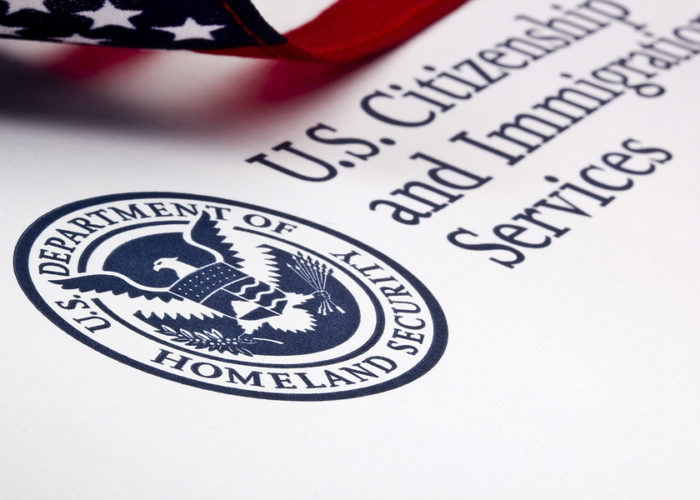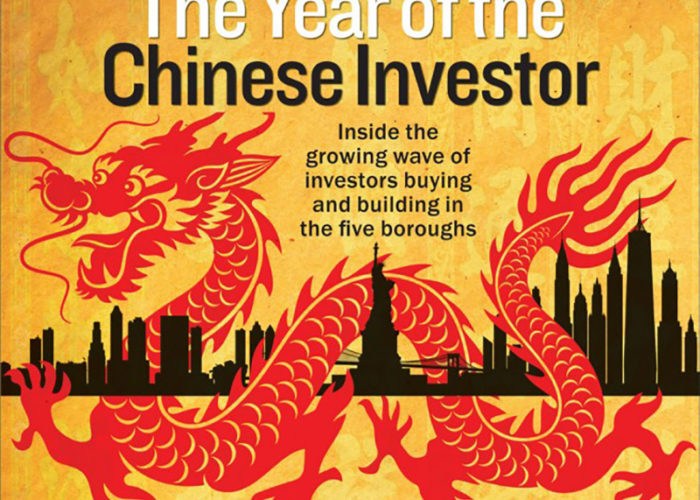CHELSEA — A Manhattan-based immigration lawyer and real estate broker wants to connect wealthy Chinese investors looking for green cards with small developers and nonprofits to build affordable housing, recreation centers, assisted living facilities and other projects across the city.
Min Chan hopes to tap the controversial federal immigration program known as EB-5, which grants visas to foreigners who invest $500,000 in U.S. projects that create 10 full-time jobs within 2 years. The program also gives visas to their families and children.
Roughly 85 percent of applicants last year were from China, thanks to the county’s soaring number of millionaires in recent years, according to a report from commercial real estate firm Savills Studley. The State Department announced this month that the U.S. already reached its quota for its 10,000 EB-5 visas to be given out this fiscal year because of demand from China — marking the second year in a row the program hit its limit.
The program, which enables developers to tap low-interest funding, is intended to be a job-generator for high-poverty and high-unemployment areas.
In reality, EB-5 is helping fund some of the city’s swankiest projects from some of the top developers like Silverstein Properties’ towering, ultra-luxurious Four Seasons Hotel New York Downtown rising at 30 Park Place, the Durst Organization’s Danish-desinged glassy pyramid-shaped high-end rental rising on West 57th Street and Kushner Real Estate Group’s NoMad tower at 281 Fifth Ave.
EB-5 has also been used for infrastructure and industrial projects like the George Washington Bridge Bus Terminal, Battery Park’s Pier A renovation, the redevelopment of Manhattan’s East River waterfront, and the expansion of Steiner Studios at the Brooklyn Navy Yard.
It’s been tapped to help build mega-projects like Hudson Yards on the Far West Side, Brooklyn’s Atlantic Yards and Staten Island’s giant Ferris wheel. (The program, which does not only have to fund real estate was also used for the city’s five borough “green” taxi fleet.)
The EB-5 program — which is up for review in Congress this September — has come under fire for lax regulations that have led to shadowy transactions and scams. Some watchdogs have raised national security concerns since the fast-tracked EB-5 visas aren’t required to have the same background checks as other visa applicants.
But as more people look to take advantage of the program, experts are trying to untangle its complexities, holding conferences recently at NYU’s Stern Business School and Columbia University. There’s also a new course on EB-5 at Baruch College.
“It’s like the wild west right now,” said Chan. “You’re going to hear about a lot more troubles, but I think it’s going to become more self-regulated as professionals using the program share best practices.”
Chan, who recently joined City Connections Realty, is helping the real estate firm apply to the U.S. Citizenship and Immigration Services department to become a “regional center.” The designation would allow City Connections to attract immigrant investors and direct them to particular local EB-5 investment opportunities.
There are currently 601 regional centers in the U.S., up from 11 in 2007, according to Savills Studley.
Chan plans to make the financial structure of projects — and their risks — “easy to understand” to developers and investors, she said.
“We want to be transparent,” said Chan. “Part of our goal is to educate the small developer.”
She believes Chinese philanthropists want to invest in community-development projects that are “doing good” for the city, said Chan, whose mother is a developer in China.
“High net worth individuals in China want to have their children educated in the U.S.,” Chan said. They also want to help their kids stay in the U.S. after school to work, which is why getting a visa for their family is so important.
“The U.S. offers more economic and political stability [than China],” Chan said.
She also attributes a bump in Chinese applicants to the closing of Canada’s immigrant investor program. That program, which guaranteed permanent residence in exchange for an $800,000 loan, had a backlog of 65,000 applicants when it shuttered last year; about 70 percent of those applicants were reportedly from China.
The EB-5 program, which started in 1990, became more sought after following the 2008 financial crisis when credit became harder to obtain. It’s especially attractive since EB-5 capital is generally cheaper than standard forms of bank lending and there are few restrictions on it, said Michael Gibson, a financial adviser who vets EB-5 investments for USA Advisors.
But it’s hard to know how many projects have used the EB-5 program because of the lack of transparency and publicly available data, said Gibson, whose firm mapped out as many of the New York City projects believed to be using the program it could find.
“It’s kind of a gold rush right now,” Gibson said. “Anybody who needs capital for whatever project they have is trying to get in with whatever project they can.”



